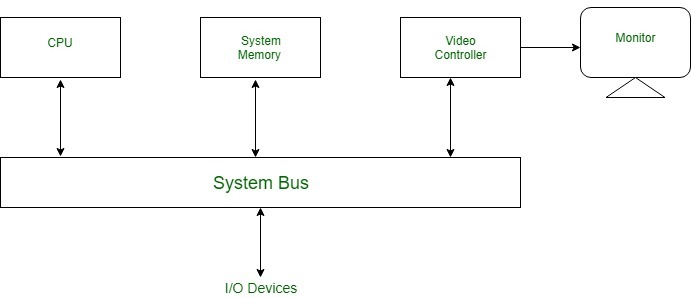
To investigate DRGs in greater depth, visit or search the Internet on “USGS Digital Raster Graphics” Try This!Įxplore a DRG with Global Mapper (dlgv32 Pro) Like topographic quadrangle maps, all DRGs within one UTM zone can be fit together to form a mosaic after the map "collars" are removed. The scanned images are transformed to the UTM projection by matching the positions of 16 control points. A subset of the more than 50,000 DRGs that cover the lower 48 states have been sampled and tested for completeness and positional accuracy.ĭRGs conform to the Universal Transverse Mercator projection used in the local UTM zone. Like the paper maps from which they are scanned, DRGs comply with National Map Accuracy Standards ( ). Magnified portion of a Digital Raster Graphic (DRG) for Bushkill, PA The numbers stand for the 13 standard DRG colors. Each pixel is associated with a single attribute: a number from 0 to 12. Since at 1:24,000 1 inch on the map represents 2,000 feet on the ground, each DRG pixel corresponds to an area about 8 feet (2.4 meters) on a side. Portion of a Digital Raster Graphic (DRG) for Bushkill, PAĭRGs are created by scanning paper maps at 250 pixels per inch resolution. For example, the accuracy of a vector file containing lines that represent lakes, rivers, and streams could be checked for completeness and accuracy by plotting it over a DRG. DRGs are useful as backdrops over which other digital data may be superimposed. DRGs are scanned raster images of USGS 1:24,000 topographic maps. The simplest of such products are Digital Raster Graphics (DRGs).

Many digital data products have been derived from the USGS topographic map series.


 0 kommentar(er)
0 kommentar(er)
